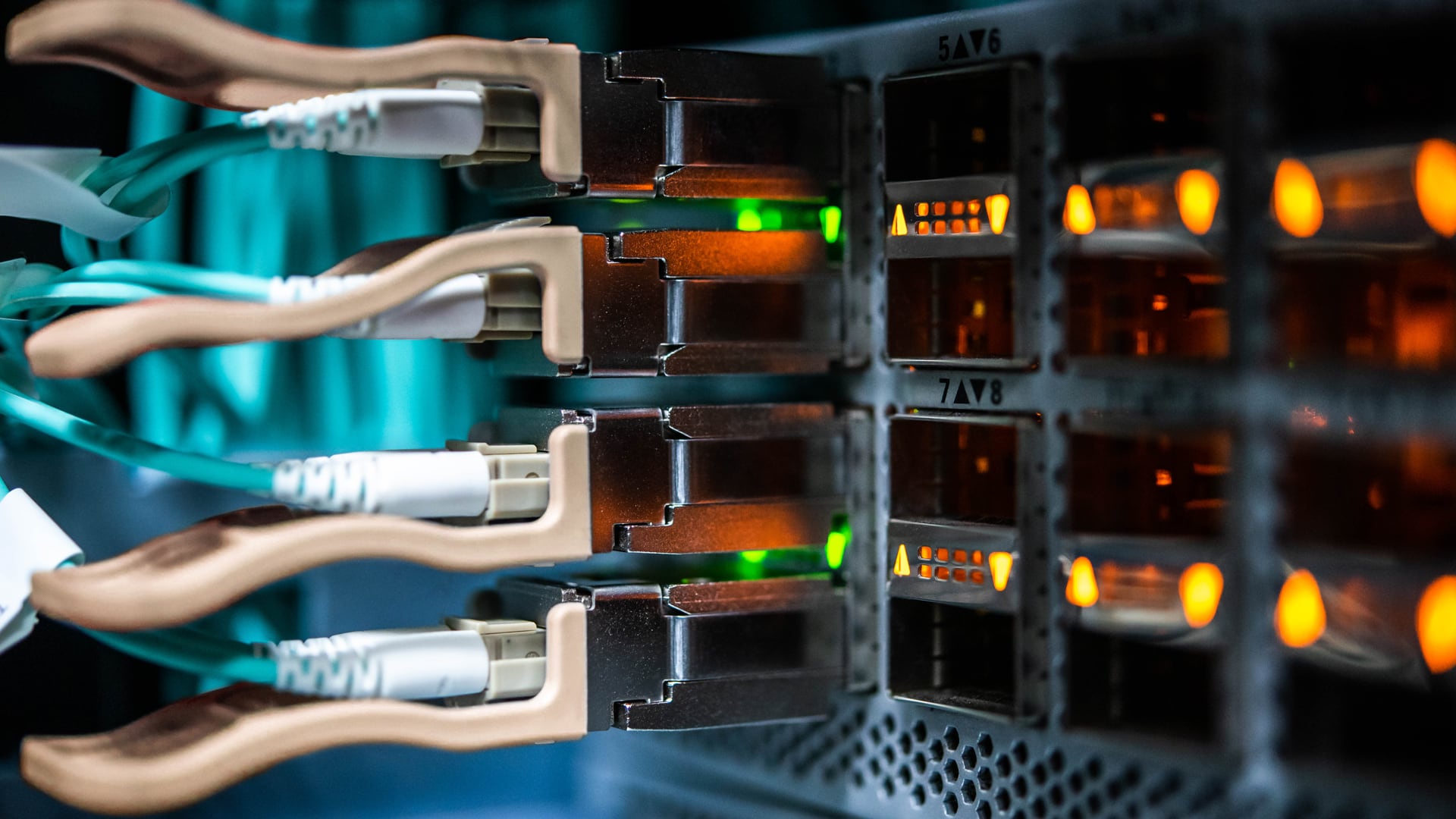Are You Ready for 400 Gigabit Ethernet?
Posted by Frank Yang on Jun 21, 2021

100 GbE dominates over the current Gigabit Ethernet (GbE) market. According to LightCounting, 100 GbE optical transceivers accounted for more than half of total Ethernet transceiver sales in 2020. With 400 GbE introduction and adoption ramping up, the growth of 100 GbE transceivers slowed in the second half of 2020. This may be a signal that the transition from 100 GbE to 400 GbE technology has begun.
LightCounting reported that 200/400 GbE transceiver unit shipments grew approximately five times in 2019 and three times in 2020. During the Ethernet Alliance’s TEF in January 2021, Dell’Oro Group reported that 400 GbE switch port shipments will reach over ten million ports in 2024. The ultimate driving force for higher speed is the high demand for bandwidth that is currently being fueled by the early adoption of 400 GbE by hyperscale data centers. This is followed by Tier 2/3 cloud providers and emerging technologies like Artificial Intelligence (AI) and other high-performance computing applications.
While no one can predict when 400 GbE will be ready for prime time, it is important to prepare for its emergence by taking the following three steps:
Step 1 - Determine your need for 400 GbE
Start by understanding the applications, network architectures, and performance expectations. A key question at this step is how to build a cost-effective migration path from today’s legacy network to the network needed to support future applications. Step 3 provides additional perspectives on this question.
Step 2 - Examine 400 GbE platforms
Port density, heat dissipation, interface form factor, and compatibility are among some of the key technical considerations.
| Form Factor | QSFP-DD | OSFP | CFP8 |
| Backward Compatibility | Compatible with QSFP Family | No | No |
| Heat Dissipation | Up to 14+ Watts | Up to 15 Watts | Up to 24 Watts |
| Use Scenario | Intra-data center networking | Intra-data center networking | Inter-data center networking |
Note: QSFP-DD is Quad Small Form Factor Pluggable; Double Density, OSFP is Octal Small Form Factor Pluggable and CFP8 is C-Form Factor Pluggable. They are defined in Multi-Source Agreement (MSA) specifications for 400G.
The QSFP-DD form factor has an additional row of electrical contacts when compared to QSFP. This design enables QSFP-DD to double the data rate while being backward compatible with QSFP, which helps in developing the migration path mentioned in Step 1.
Step 3 – Determine 400 GbE connectivity options.
400 GbE connectivity options include optical transceivers plus fiber cabling, direct attach cables (DACs), and active optical cables (AOCs). QSFP and SFP form factors support many variations and combinations of 400 GbE connectivity, including straight-through and breakout cables. The information in the following two tables describes how these form factors support applications from 10 GbE to 400GbE and how breakout cables work.
| QSFP Family Form Factor | Number of Electrical Lanes | Data Rate/Lane (NRZ Modulation) | Data Rate/Lane (PAM4 Modulation) | Aggregated Data Rate |
| QSFP-DD | 8 | 25 Gb/s | 50 Gb/s | 400 Gb/s or 200 Gb/s |
| QSFP56 | 4 | - | 50 Gb/s | 200 Gb/s |
| QSFP28 | 4 | 25 Gb/s | - | 100 Gb/s |
| QSFP+ | 4 | 10 Gb/s | - | 40 Gb/s |
Notes:
1) The “56” or ”28” in QSFP56, or QSFP28, indicates a maximum speed of 56 or 28 Gb/s for individual electrical lanes. The nominal data rate is 50 or 25 Gb/s per lane.
2) QSFP family form factors are typically used in switches, servers, or storage.
3) NRZ and PAM4 are signal modulation formats. NRZ stands for Non-Return to Zero and PAM4 stands Pulse Amplitude Modulation 4.
Like QSFP-DD, SFP-DD also has an additional row of electrical contacts and is backward compatible with other SFPs.
| SFP Family Form Factor | Number of Electrical Lanes | Data Rate/Lane (NRZ modulation) | Data Rate/Lane (PAM4 Modulation) | Aggregated Data Rate |
| SFP-DD | 2 | 25 Gb/s | 50 Gb/s | 100 Gb/s or 50 Gb/s |
| SFP56 | 1 | - | 50 Gb/s | 50 Gb/s |
| SFP28 | 1 | 25 Gb/s | - | 25 Gb/s |
| SFP+ | 1 | 10 Gb/s | - | 10 Gb/s |
Notes:
1) SFP-DD is Small Form Factor Pluggable – Double Density.
2) The “56” or ”28” in SFP56, or SFP28, indicates a maximum speed of 56 or 28 Gb/s for individual electrical lanes. The nominal data rate is 50 or 25 Gb/s per lane.
3) SFP family form factors are typically used in servers or storage.
Here are some examples that illustrate how backward compatibility and the use of breakout cables may help establish a migration path. If you purchase a new QSFP-DD 200/400G capable switch, you can use breakout cables such as DACs or AOCs to migrate your servers from 25 GbE to 50 GbE, to 100 GbE in phases. You can also use breakout cables to upgrade your switches from 100 GbE to 200 GbE, and eventually to 400 GbE. You can use a straight-through QSFP56-to-QSFP56 DAC, or AOC to plug directly into a QSFP-DD port. The interconnect link will operate at 200 GbE initially until you upgrade switches at both ends to 400 GbE. These are just a few examples, there are many more options to consider.